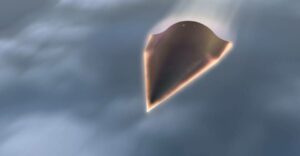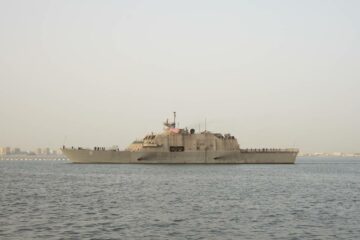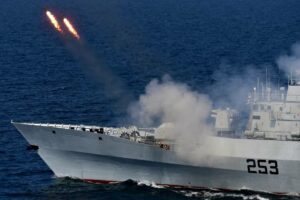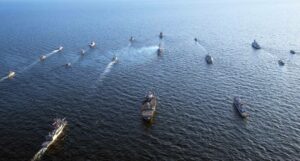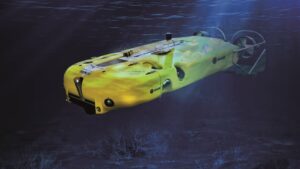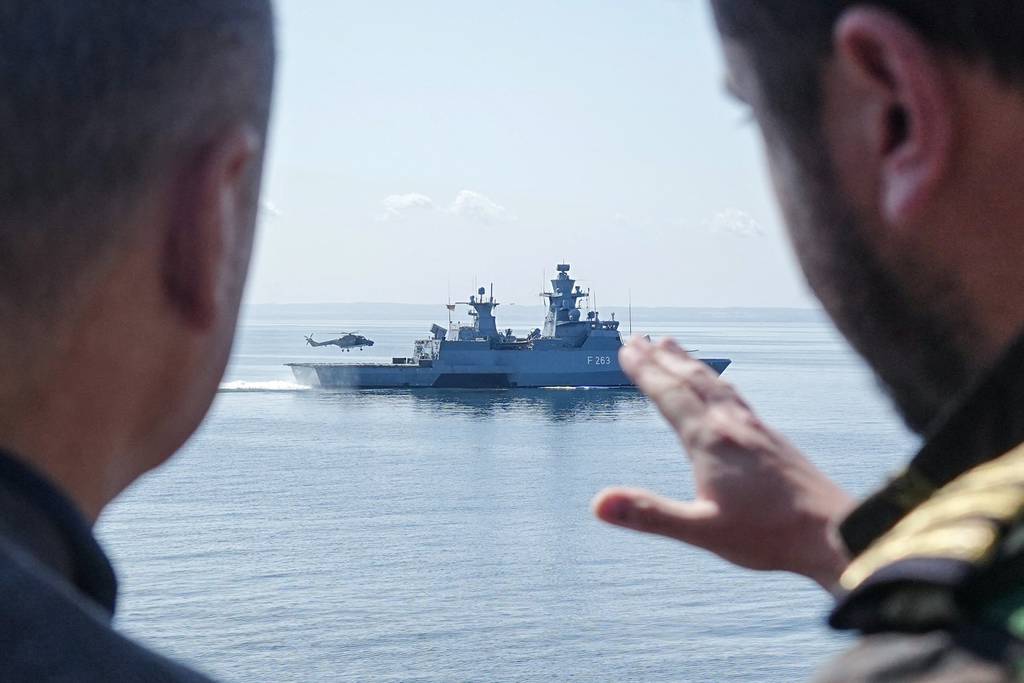
COLOGNE, Germany — The German navy is slated to lead a multinational drill in the Baltic Sea in September meant to help defend NATO members Estonia and Latvia against an attack, presumably from neighboring Russia.
The annual Northern Coasts exercise series has offered Baltic Sea nations a chance to test operations as a combined force since its inception in 2007. With Russia’s attack against Ukraine as the backdrop, planners this year have made clear this year’s iteration was conceived to address the real-world possibility of an attack against NATO on the northeastern flank.
The main exercise area this year, from Sept. 9 to Sept. 23, will be the waters off Estonia and Latvia, leaving only the Baltics’ southernmost nation of Lithuania as a buffer between the exercise action and Russia’s Kaliningrad enclave.
The drill is set to include 3,200 personnel from 14 nations, roughly 30 vessels, submarines and up to 15 aircraft as well as amphibious formations, according to a Germany navy statement. Participants will fall under five task groups — two standing NATO formations in charge of the Baltic Sea, two led by Germany, including one that includes anti-submarine aircraft, and one amphibious task group led by the United States.
A newly established command element based in Rostock, Germany, the German Maritime Forces Staff, will direct the exercise. Officials there hope the experience will help round out any kinks toward the unit’s full operational capability.
The Baltic Sea has strategic significance as a commercial and military bottleneck, with more than 2,500 cargo ships delivering import and exports goods through it daily, according to the German defense ministry. The Baltic Sea route is also the main NATO resupply line to member nations Finland and the Baltics, as the thin strip of land that connects Poland to the Baltic nations, through Belarus to the east and Kaliningrad to the northwest, supports only limited flow and may collapse during conflict.
NATO members have celebrated the accession of Baltic Sea nation Finland to the alliance, plus neighboring Sweden’s pending application, as a chance for a beefier naval posture in the body of water, which is known for its shallow depth.
Russia has its own Baltic Fleet, headquartered in Kaliningrad, with ships routinely observing Western naval exercises in the area from a distance. Moscow last staged its own Baltic naval drills in early August.
Sebastian Sprenger is associate editor for Europe at Defense News, reporting on the state of the defense market in the region, and on U.S.-Europe cooperation and multi-national investments in defense and global security. Previously he served as managing editor for Defense News. He is based in Cologne, Germany.
- SEO Powered Content & PR Distribution. Get Amplified Today.
- PlatoData.Network Vertical Generative Ai. Empower Yourself. Access Here.
- PlatoAiStream. Web3 Intelligence. Knowledge Amplified. Access Here.
- PlatoESG. Automotive / EVs, Carbon, CleanTech, Energy, Environment, Solar, Waste Management. Access Here.
- PlatoHealth. Biotech and Clinical Trials Intelligence. Access Here.
- ChartPrime. Elevate your Trading Game with ChartPrime. Access Here.
- BlockOffsets. Modernizing Environmental Offset Ownership. Access Here.
- Source: https://www.defensenews.com/global/europe/2023/08/30/german-navy-will-lead-drill-to-defend-the-baltics-from-the-sea/
- :has
- :is
- $UP
- 12
- 14
- 15%
- 200
- 23
- 30
- 500
- 70
- 9
- a
- According
- Action
- address
- against
- aircraft
- Alliance
- also
- an
- and
- annual
- any
- Application
- AREA
- AS
- Associate
- At
- attack
- AUGUST
- backdrop
- Baltics
- based
- BE
- Belarus
- between
- body
- buffer
- by
- capability
- Cargo
- celebrated
- Chance
- charge
- clear
- Collapse
- Cologne
- combined
- commercial
- conceived
- conflict
- connects
- cooperation
- daily
- Defense
- delivering
- depth
- direct
- distance
- during
- Early
- East
- editor
- element
- enclave
- established
- estonia
- Europe
- Exercise
- experience
- exports
- Fall
- Finland
- five
- FLEET
- flow
- For
- Force
- Forces
- from
- full
- German
- Germany
- Global
- goods
- Group
- Group’s
- Have
- he
- headquartered
- help
- hope
- HTTPS
- images
- import
- in
- inception
- include
- includes
- Including
- Investments
- IT
- iteration
- ITS
- jpg
- known
- Land
- Last
- LATVIA
- lead
- leaving
- Led
- Limited
- Line
- Lithuania
- made
- Main
- managing
- Maritime
- Market
- May..
- meant
- member
- Members
- Military
- ministry
- more
- Moscow
- multi-national
- multinational
- nation
- Nations
- neighboring
- newly
- news
- of
- off
- offered
- officials
- on
- ONE
- only
- operational
- Operations
- out
- own
- participants
- pending
- Personnel
- plato
- Plato Data Intelligence
- PlatoData
- plus
- Poland
- previously
- real world
- region
- Reporting
- roughly
- round
- Route
- routinely
- Russia
- s
- SEA
- security
- September
- Series
- set
- shallow
- ships
- significance
- since
- Staff
- State
- Statement
- States
- Strategic
- Strip
- Supports
- Task
- test
- than
- that
- The
- The Area
- The State
- There.
- this
- this year
- Through
- to
- toward
- two
- Ukraine
- under
- United
- United States
- vessels
- was
- Water
- Waters
- WELL
- Western
- which
- will
- with
- year
- zephyrnet



